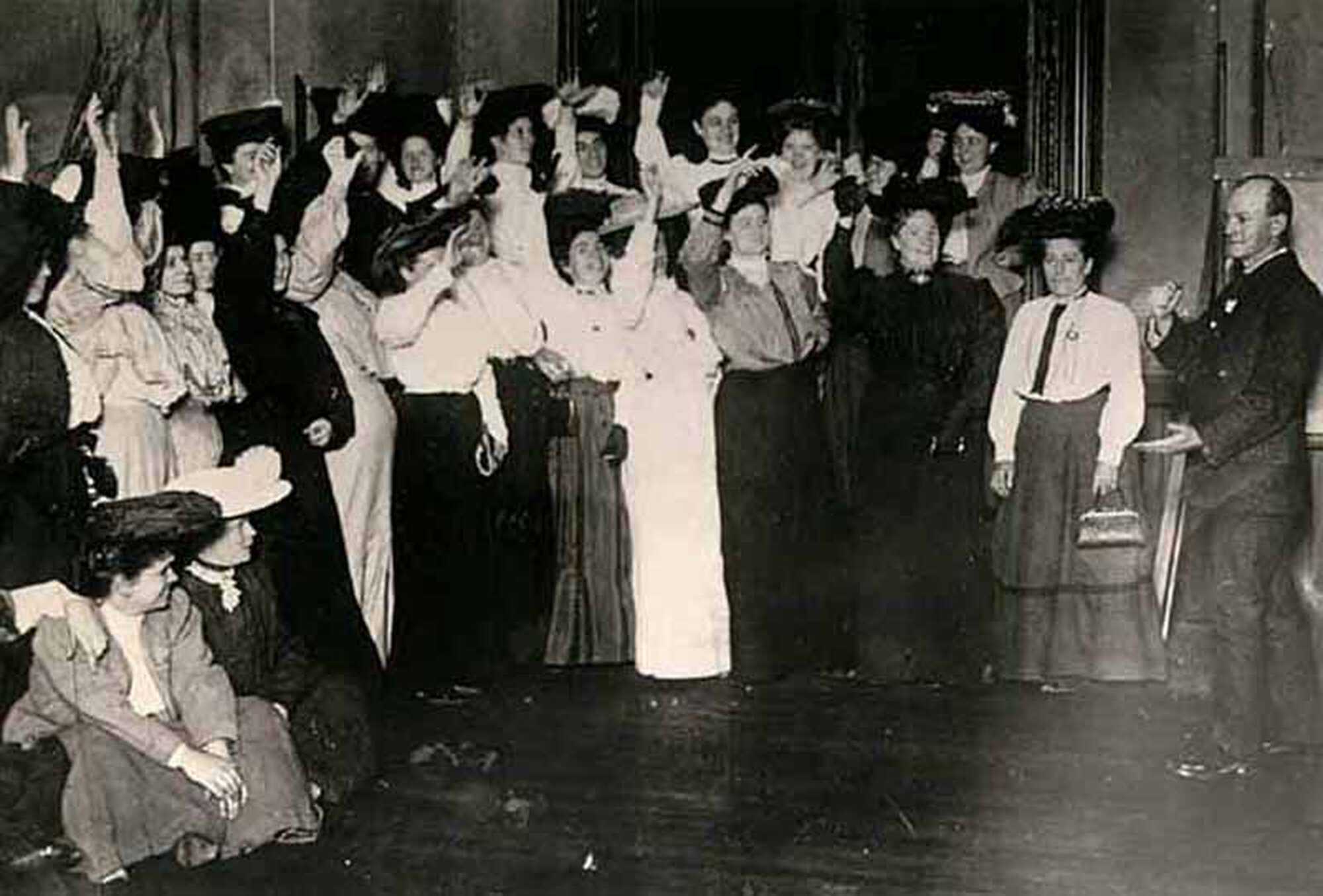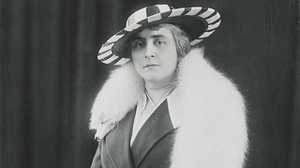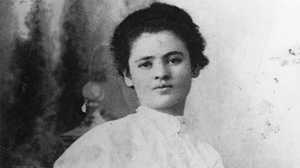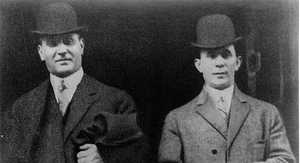Pauline Newman: Organizer
Pauline Newman helped advance the International Ladies' Garment Workers' Union (ILGWU) to become a dominant force in 20th century industrial America. Born in the early 1890s in Kovno, Lithuania, Newman's propensity for activism started at an early age. Barred from attending the local public school because she came from a poor, Jewish family, she fought to attend an all-boys religious school, a right that was eventually granted. Following the sudden death of her father in 1901, Newman's family immigrated to New York City.
That same year, at the age of eight, Newman began working at the Triangle Shirtwaist Company, earning $1.50 a week. During the 12-hour workdays, laborers were constantly under surveillance; workers' lavatory breaks were timed, and their wages were penalized with any mistake they made on the factory floor. "All we knew," Newman wrote in a letter, "was the bitter fact that after working 70 or 80 hours in a seven-day week, we did not earn enough to keep body and soul together."
As a teenager, Newman joined the local Socialist Literary Club where she and her fellow workers improved their English and discussed progressive political and social theories. These informal gatherings solidified Newman's feminist identity and provided her an education in socialist teachings. In 1907, after helping to facilitate one of the largest rent strikes in the history of the city, Newman was heralded as a working class hero, and by 1909, having quit her job at the Triangle Company, Newman had become a dynamic member of the local trade union. When she was just a teenager, the Socialist Party nominated her as their candidate for Secretary of State in New York.

On November 22, 1909, Newman was in the audience at Cooper Union when Clara Lemlich famously incited the crowd of immigrant workers to strike. In the following months, more than 40,000 female New York City factory workers protested their poor working conditions and low wages. Newman was at the center of the strikes, planning strategies, inciting crowds, and gaining support from some of the city's most influential socialites such as Anne Morgan and Alva Belmont. The strike met with mixed success; although many garment workers were able to return to work with the protection of the union, larger and more powerful companies, such as the Triangle Shirtwaist Company, refused to unionize. However, the strike symbolized the first organized resistance of female laborers.
When the strike finally ended, the ILGWU recognized Newman's achievements by appointing her general organizer for the Union, making her the first woman to hold that position. While serving in the post, she traveled the country organizing major strikes in Philadelphia, Cleveland, and Kalamazoo, Michigan.
On March 25, 1911, Pauline Newman was campaigning in Philadelphia when she received news of the fire at the Triangle Shirtwaist Factory. The tragedy affected Newman deeply as she had worked closely with many of the victims.
The Triangle factory fire galvanized Newman, and she continued her efforts to organize garment workers around the country for the next year. In 1912, Newman accepted a position as an investigatory on the Factory Investigating Commission (FIC), a federal group created in response to the Triangle fire to oversee worker safety. As a member of the Women's Trade Union League (WTUL) in Philadelphia, Newman lobbied for progressive labor reform, where she met her lifelong partner, Frieda Miller.
In 1923, the ILGWU created the Union Health Center in New York City, where, for the next 60 years, Newman worked as coordinator of the Education and Public Relations programs. In this capacity Newman worked with several high profile figures, including Eleanor Roosevelt. Following World War II, Newman was commissioned by the U.S. Department of State and Labor to review post-war factory conditions across Germany. Newman also served as a consultant to the U.S. Public Health Service under the Truman administration. Newman died April 8, 1986 in New York City.







